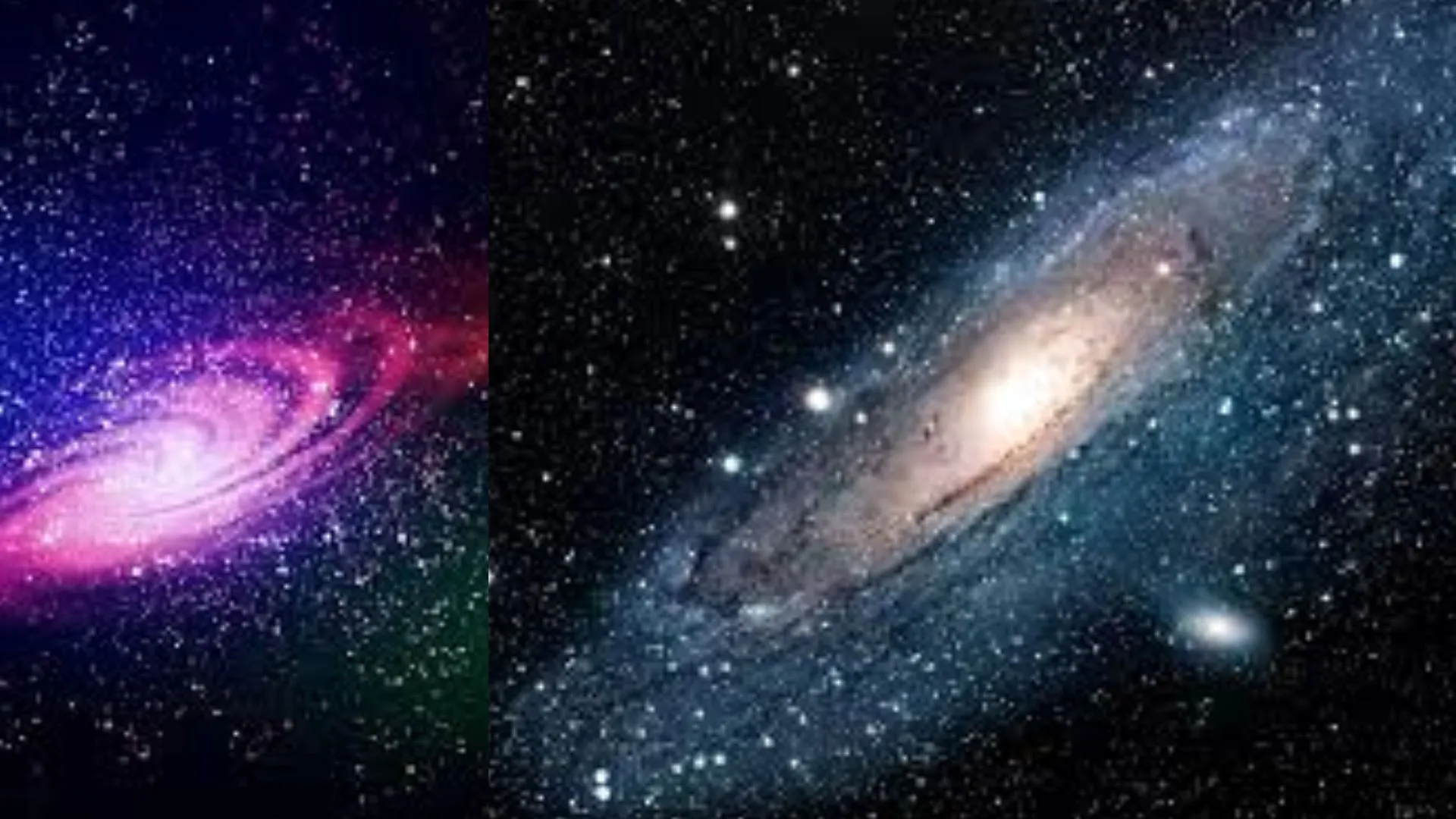A mini galaxy-like structure is found at the edge of the solar system. This discovery will change the way space is understood. A recent study that still requires peer review is saying that the ‘Oort Cloud’, a gigantic shell of icy debris extending between 2000 and 5000 AU might be constrained into a spiral structure rather than just being a wild mass of rocks floating through space.
High-end simulations were made to model the gravitational effects imposed on this region using NASA’s Pleiades supercomputer. Surprising order appeared within what was thought to be a random assemblage.
Mini Galaxy or Oort Cloud?
For a long time now, ‘Oort Cloud’ has held one of the solar system’s biggest mysteries, believed to give birth to long-period comets. The Cloud is theorized to store material left over from planetary formation over 4 billion years ago. However, because of its distance from Earth together with the lack of observational data, its structure has remained something of a mystery.
Advanced simulations used by the researchers examined how the ‘galactic tide ‘-gravitational influences from distant stars and the black hole at the center of the Milky Way act on the ‘Oort Cloud’. Their findings show that this cloud is not just an amorphous mass but somehow features a spiral structure of about 15000 AU.
Research Findings
This finding, therefore, disproves the loftiest beliefs regarding random evaluation. While planets are tightly locked by the Sun’s gravity, objects in the Oort cloud respond to ago external gravitational impact that has been gradually altering their distribution over millions of years. The simulation indicates that both these nudges in the cosmos have led to the near-permanent spiral pattern.
Though these developments offer promising insights, dynamic observations of the Oort Cloud remain challenging. Its distance as well as the immense inexpressibilities of its objects have made it troublesome to dispatch a space probe to further take direct observations.























